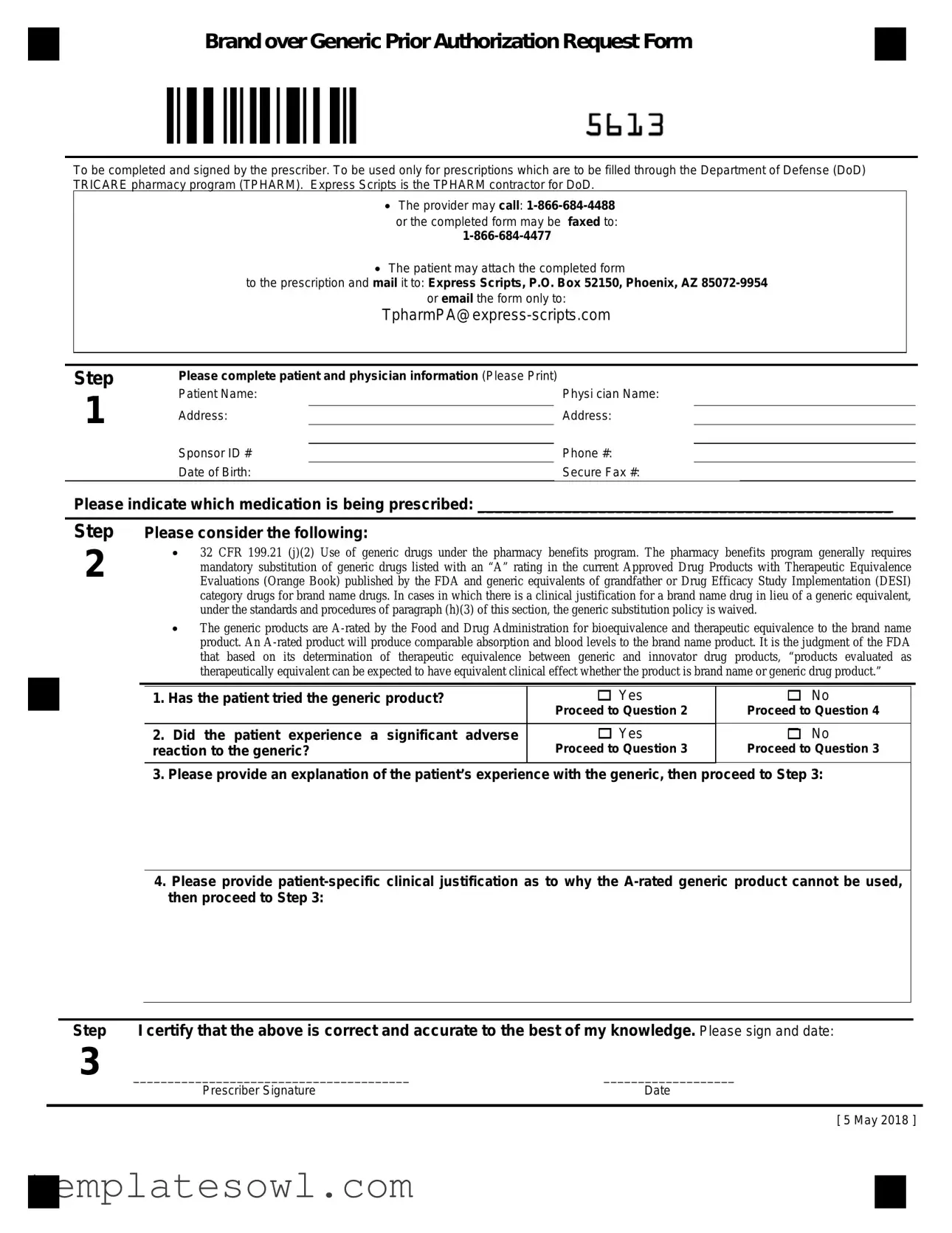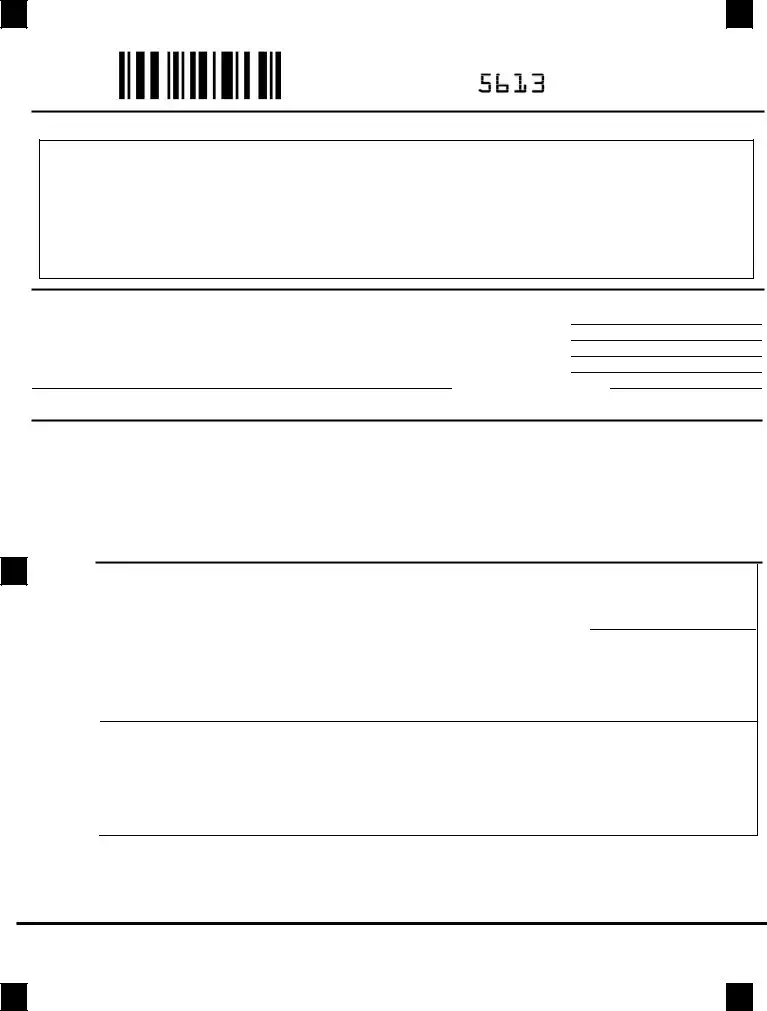Completing the Generic Request form requires meticulous attention to detail. Start with a common mistake: failing to provide complete patient and physician information. Each field marked with asterisks needs to be filled out accurately. Missing or incorrect entries can delay the processing of the request, potentially impacting patient care.
Another frequent error is poor legibility. It is crucial to print clearly. If the information cannot be read, it can lead to misunderstandings or, worse, a rejection of the request. Always use a pen with black or blue ink, as light colors may not photocopy well and could create further complications.
Some individuals neglect to check the patient's previous use of the generic product. It is vital to establish whether the patient has tried the alternative before proceeding. Not answering this question can lead to unnecessary back-and-forth communication, slowing down the approval process.
Equally important is the failure to document significant adverse reactions accurately. If a patient has had an adverse reaction to the generic, it must be noted explicitly. Skipping this step can result in the prescriber’s justification lacking the necessary support.
Inadequate explanations for why the A-rated generic cannot be used also pose an issue. Generic Request forms often face scrutiny due to insufficient clinical justification. It is expected that prescribers detail why a brand-name drug is more suitable, based on the specific circumstances of the patient’s health.
Submitting the form without a signature is a mistake one should not make. The prescriber’s signature and date serve as a validation of the provided information. An unsigned form is incomplete and will inevitably lead to delays.
Moreover, not verifying the contact details for the office is a common lapse. Ensure that the phone number and fax number are correct and functional. Clear lines of communication are essential when the pharmacy or insurance has questions about the request.
Patients often overlook the mailing process. Remember to check that the completed form is attached to the prescription before sending it out. Failure to do so may mean the request gets separated from the medication, leading to miscommunication.
Not providing an appropriate fax number or e-mail can also result in complications. If you're sending electronically, confirm that the email address is correct. A small typo in an email can send important documentation into the void, resulting in delays.
Lastly, keeping outdated information or using old forms can lead to confusion and rejection. Always ensure you are using the most current version of the form, which incorporates changes to policies or guidelines that could influence the approval process.

